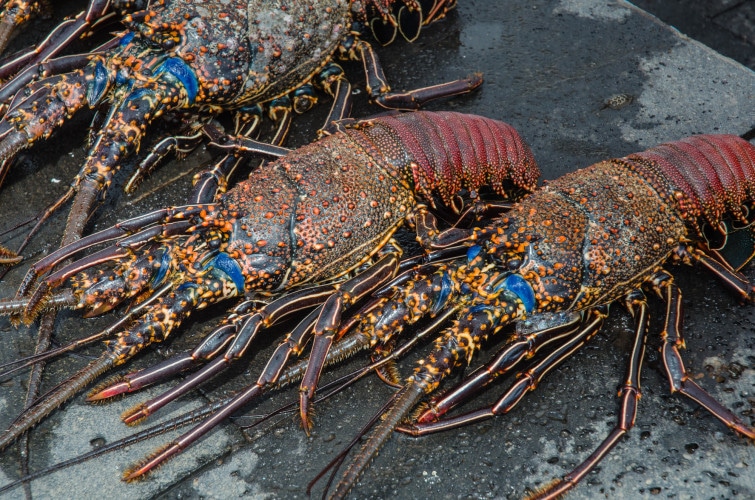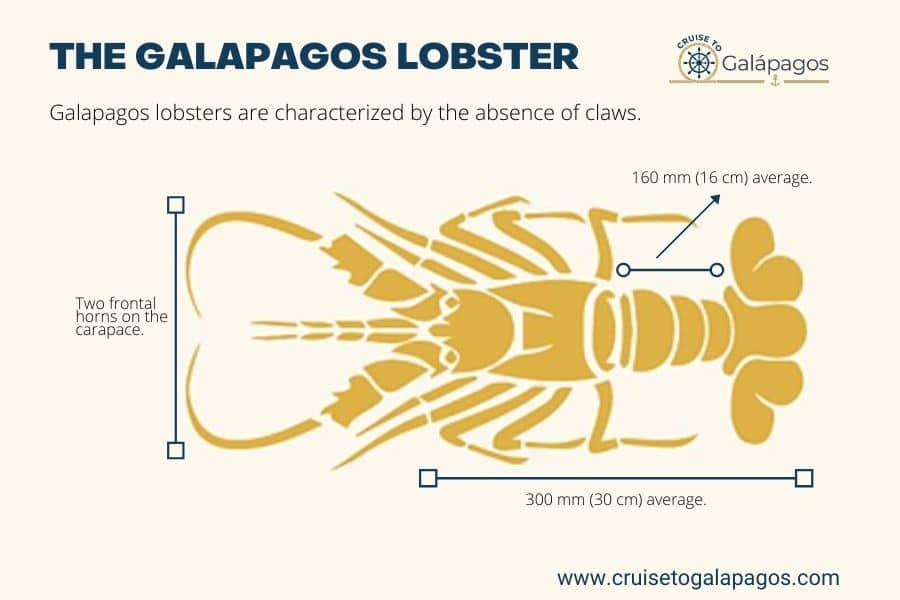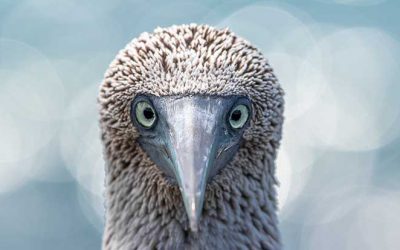The most Interesting Galapagos Lobster Facts
Stay up to date with our most recent news and updates

Galapagos lobster
Scientific Name: Panulirus penicillatus
Biological Taxon: Native
Lifespan: 10-14 años
UICN red list status: Least Concern (LC)
Range: Indo-Pacific, Red Sea, and eastern tropical Pacific islands, including the Galapagos archipelago.
The Galapagos archipelago is home to different marine species 🦈🐠🦑🐡 and among them the Galapagos lobster, of which we will find two species on the islands; the red lobster 🦞 (Panulirus penicillatus) and the green lobster (Panulirus gracillus).
In this post, we would like to introduce you to some of the most interesting facts about this crustacean and its great importance to the islands, and that you should undoubtedly taste, during your next vacations in the Galapagos Islands 🏝️🐢.
Characteristics of the Galapagos lobster
The Galapagos lobsters are characterized by the absence of claws. They have two front horns on the carapace, numerous dorsal spines, as well as large, thick antennae with spines. The body length of this specimen averages about 300 mm (30 cm), although males are generally larger than females.
The main visible difference between the two species of lobsters that inhabit the Galapagos is the color of their bodies, which are red 🦞 and green, a characteristic from which they are named. It is important to note that, in Galapagos, the green lobster tends to be larger than the red one. The diet of these crustaceans includes small mollusks, other crustaceans, sea urchins, and organic matter.
Habitat of the Galapagos lobster
The red lobster 🦞 lives in shallow rocky areas with clear waters. While the green lobster prefers rocky and sandy bottoms with cloudy waters, typical of bays with mangroves.
The Red lobsters 🦞 can be seen in groups of more than 20 individuals of different sizes, in caves and lava tunnels (this behavior occurs during the day and at night the locusts separate to get food). While green lobsters are solitary or can sometimes be seen in pairs.
Importance of lobster in Galapagos
In Galapagos, the lobster has been of great commercial importance since the early 1960s. At that time, it was the most lucrative marine resource on the islands, which is why it was overexploited, causing serious damage to marine ecosystems.
Because of this, the Galapagos National Park with the support of the Charles Darwin Research Station and the WWF Organization has been applying a ban to recover lobster populations.
There are seasons and a maximum quota of individuals with specific sizes allowed for fishing. Furthermore, it is forbidden to fish lobsters with eggs.
Ecuador on Alert due to Chinese Fleet
Other interesting facts
- The Galapagos lobster is also known as the spiny lobster.
- Lobsters share the Galapagos archipelago with the slipper lobster (Scyllarides astori).
- Lobsters have an important role as purifiers of marine ecosystems (they feed on the remains of some marine animals).
- Lobsters represent a high economic income for the fishermen of the Galapagos archipelago, generating amounts of around 1’752 815 USD and jobs for 300-400 fishermen.

These delightful crustaceans are an important part of the gastronomic offer of the islands. Without a doubt, on your next vacations to Galapagos on one of the best available cruises or even on an island-hooping tour, you cannot miss the opportunity to taste this spectacular traditional Galapagos dish 🦞😋.
Don’t stop your wanderlust!
📌 Discover our best deals to the Galapagos Islands! Click here.
If you liked this post, share it with your friends, and subscribe to our newsletter to keep up to date with interesting news from Galapagos 🐢, Ecuador 🇪🇨 , and other magical destinations in South America 🌎.
RELATED POST
Traveling to the Galapagos Islands in 2022: tips, what to do, and how to book the best trip ever
Learn more about the Galapagos Islands and how to make the most of your trip to this natural destination with this quick guide.
Blue-footed Booby Interesting Facts
The blue-footed boobies of the Galapagos Islands, as beautiful as they are unique. Discover here some interesting facts about them.




